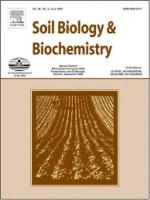|
This section contains 803 words (approx. 3 pages at 300 words per page) |

|
As DNA changes are not restricted to those that affect phenotype, restriction fragment length polymorphisms (RFLP) analysis is a powerful technique for the characterization of DNA at the molecular level. These markers are inherited in the same manner as genes that code for visible phenotypes. The recombination frequency between an RFLP and a detectable phenotype can be measured. Thus, genetic maps can be constructed to include both genotypic and phenotypic markers. RFLPs can thereby provide a link between genes that lie far apart. In 1980, an RFLP map was created for the human genome.
Restriction maps that result from different patterns of distribution of restriction sites in the DNA of individuals within a population of organisms are called restriction fragment length polymorphisms (RFLPs). Differences in individual base pairs between comparable sequences of any two individual chromosomes occur at a frequency of...
|
This section contains 803 words (approx. 3 pages at 300 words per page) |

|


